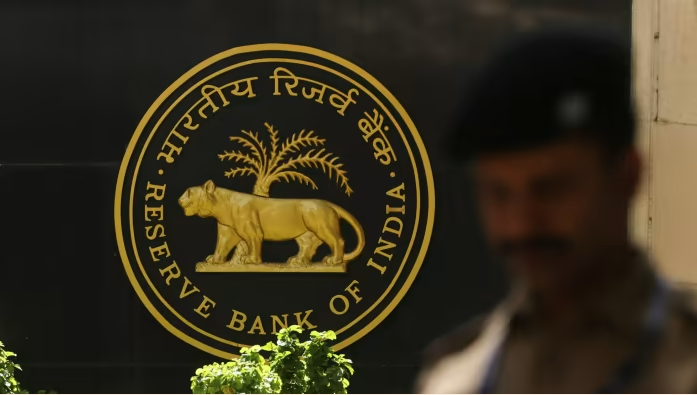The Rupee is on the brink of setting a new record low against the dollar, yet the Indian currency is faring much better than the rest of Asia. The Rupee was 83.1025 to a dollar on Monday, strikingly close to its all-time low of 83.2912 in October. However, its volatility dropped in June to the lowest level since 2005. Most analysts predict the currency will hit 82 to a dollar by the end of 2023.
A reserve stockpile of $600 billion, over $16 billion foreign inflows into equities this year, and forecasted economic growth of 6.5% explain this phenomenon. The Indian currency has another point in its favour: its limited dependency on China, whose economy is stuttering. India is far less impacted than other emerging currencies.
The improvement in economic fundamentals explains why the currency remains largely steady against the dollar. The currency has only fallen 0.5% this year and is the third-best performer in Asia. This is far from 2013, when the Rupee had plunged by 11%. Back then, India was grappling with a current account deficit and declining reserves.
However, the phenomenon is skewed by the central bank’s policy. Part of the Rupee’s weakness comes from the intervention of the Reserve Bank of India (RBI) to build up reserves. The central bank took advantage of massive inflows into the domestic stock market to replenish its dollar reserves by selling rupees. It has also committed to curbing excessive volatility.
The RBI is expected to continue its interventions in the short term and will likely support the currency. In the medium term, a rise in U.S. rates and a retreat of foreign investments from the equity market could lead to a sharp fall in the Rupee.
Another issue rising in India is the size and the place of shadow banking in the economy. Mukesh Ambani’s Jio Financial Services made its stock market debut on Monday after being spun off from Reliance Industries, the tycoon’s flagship company.
Indeed, the firm, about which little is known, is valued at $19 billion. All eyes are on Bajaj Finance, the current market leader, worth two and a half times its younger rival. Together, Bajaj and Jio are worth more than the State Bank of India, the country’s largest deposit-taking institution.
Yet a crisis that could have been systemic cost the Indian economy dearly just five years ago. Credit to real estate developers almost dried up after 2018 and the implosion of the IL&FS group. The collapse of this funder, owner, and operator of infrastructure assets triggered a series of other bankruptcies. Even Housing Development Finance Corp, the country’s largest specialised mortgage lender, narrowly survived and recently merged with its offspring, HDFC Bank, a deposit company.
The rapid digitisation of the consumer economy opens up new growth opportunities for financiers, especially those who can back their “fin” with some “tech”. In one envisaged scenario, Jio Financial could build a loan portfolio of up to 1 trillion rupees ($12 billion) by 2030 and achieve a return on assets of 6.5%. Add reasonable leverage, and you’re looking at an equity return of around 25%, which Bajaj already delivers with $32 billion in assets. Globally, very few banks of this size are so profitable.
Ambani wants to use the cash flows from his former petrochemical business to venture into everything from affordable phones to laptops, selling his brands of soap and soda. Every step of his vast supply chain network has ties to small businesses needing financing. Consumers will want to buy everything now and pay later. Bill settlement is already very digital in India, thanks to the Unified Payments Interface, a smartphone-based public service. Introducing credit into rampant capitalism is just one more step.
India’s regulatory approach to domestic champions will likely be much more benign than the Chinese approach. It may not be more efficient. While banks have dominated the financial systems, the emerging future in India might minimise the role of deposit institutions, especially the tiny government-controlled lenders with little technological edge. They may be reduced to acting as liquidity providers, pleading to seize lending opportunities with efficient online platforms to offer a decent rate for savings.
This somewhat wild and loosely regulated growth raises questions about its sustainability and the risks it poses to the Indian financial system.
